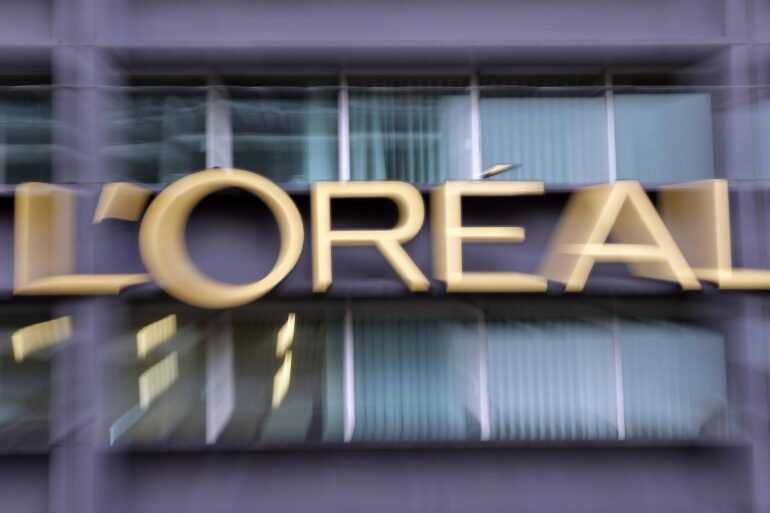TL;DR:
- Omar Tawakol’s startup Rembrand uses generative AI to transform in-video product placement.
- The company secured $8 million in seed funding from Greycroft, UTA Ventures, L’Oréal’s VC fund, and Good Friends.
- Rembrand’s technology analyzes existing videos to seamlessly insert realistic product images or animations.
- Two business models: a marketplace connecting influencers and brands and an API for licensing insertion technology to streaming platforms.
- Creators earn 75% of net revenue for each placement, while AI technology ensures authenticity and realism.
- Rembrand plans to expand AI capabilities to cover movie, TV, and outdoor scenes.
Main AI News:
In the ever-evolving world of marketing, product placement has long been a trusted technique. Brands tirelessly negotiate for their products to be featured in movie scripts, while securing sponsored social media posts requires weeks of calls and emails. However, a new generation of startups is harnessing the power of generative AI to revolutionize in-video product placement. One such trailblazer is Rembrand, a venture founded by ad tech veteran Omar Tawakol in February.
Recently, Rembrand successfully concluded its seed funding round, securing a substantial $8 million. This round was led by renowned investment firms Greycroft and UTA Ventures, the venture capital arm of United Talent Agency. Notably, the round also saw participation from BOLD, L’Oréal’s VC fund, and Good Friends, a venture fund spearheaded by the brilliant minds behind Harry’s, Warby Parker, and Allbirds.
Tawakol emphasized the importance of having strategic investors at the table, stating, “All money is green, but strategic investors are interesting because they can give you additional insight into what’s important.” As a co-founder of BlueKai, a data management platform, and Voicea, an enterprise voice assistant, Tawakol’s ability to foresee industry trends is undeniable. He successfully sold BlueKai to Oracle in 2014 and Voicea to Cisco in 2019, further solidifying his entrepreneurial prowess.
Rembrand’s mission is to capitalize on the convergence of several trends. Online viewers consume a significant amount of creator content, providing ample opportunities for engagement. However, smaller creators often possess passionate audiences that brand inadvertently overlook due to the lengthy product placement negotiation process. Additionally, the prevalence of interruptive ads has led to widespread viewer frustration. While prerecorded host-read ads can be dynamically inserted within audio content, replicating this approach in video poses scalability challenges.
Tawakol shared Rembrand’s innovative approach: allowing creators to focus on producing authentic organic content and deferring brand integration decisions until post-production. This way, creators can freely craft their narratives without disruption. Rembrand’s proprietary technology leverages “physics-informed” generative AI, which ensures that digitally inserted product images or animations adhere to the laws of physics. By analyzing every frame of an existing video, Rembrand comprehends crucial visual elements such as light, shadow, reflectivity, motion, occlusion, and camera angle. Consequently, Rembrand seamlessly integrates lifelike product placements into a creator’s video, be it a can of OLIPOP soda sitting on a side table or bottles of Garnier shampoo gracefully appearing on a shelf in the background.
The key question remains: how do creators monetize their content? Rembrand offers two business models to address this. Firstly, they facilitate a two-sided network connecting influencers and content creators with brands. Creators can select preferred brands for product placement, while brands can approach influencers with an attractive target audience. This model resembles AdSense but for virtual product placement. Currently, Rembrand operates on a CPM (cost per thousand impressions) basis, with creators earning an impressive 75% of net revenue for each placement. While the revenue share may eventually balance out, Tawakol emphasizes that the majority will always go to the influencers.
In addition to its marketplace-based business model, Rembrand is actively venturing into the API market. The company aims to license its cutting-edge insertion technology to streaming platforms and the entertainment industry. By automating the process of virtual product integration into their own content, Rembrand is revolutionizing the way brands reach audiences across various platforms.
The recent infusion of funding will primarily fuel Rembrand’s engineering efforts to enhance the capabilities of its AI. Currently, the focus lies on creator content featuring indoor settings, such as conversations filmed against walls, shelves, and coffee tables—an ideal canvas for virtual product placements like soda cans, bags of chips, or promotional posters. However, Rembrand aspires to extend its capabilities to encompass movies, TV shows, and outdoor scenes, where complexity and dynamic variables abound.
With a current headcount of over 20 talented engineers, Rembrand is also aggressively expanding its team. Tawakol envisions a future with a full sales team, go-to-market specialists, and influencer relationship managers. However, the overarching goal remains the generalization of AI’s applicability. Every aspect of the videos produced using Rembrand’s technology must be visually flawless and authentically real. To achieve this, the company is diligently training its neural networks, pushing the boundaries of what is possible in the realm of AI-driven content creation.
Conclusion:
Rembrand’s innovative approach to in-video product placement, powered by generative AI, has the potential to disrupt traditional marketing techniques. By providing a seamless and authentic integration of products into creator content, Rembrand opens up new opportunities for smaller influencers and enhances the viewer experience. The backing of notable investors like L’Oréal’s VC fund signifies the growing interest and recognition of the value AI brings to the advertising industry. As Rembrand continues to refine its technology and expand into new content formats, it will likely drive further advancements in the market and reshape the way brands engage with audiences in the digital age.

